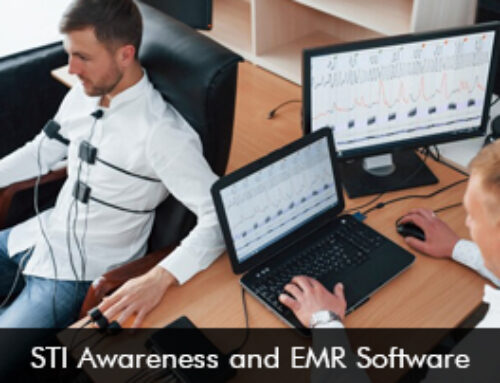The incorporation of technology into chiropractic operations is one of the major ways that the industry is changing to meet the changing needs of patients. This includes a variety of innovations like advanced diagnostic tools, simple patient communication platforms, cutting-edge Chiropractic Software, novel therapeutic approaches, digital presence optimization, and other cutting-edge tools and tactics. The obstacles presented by fragmented systems and the high expense of maintaining several software platforms are pushing providers of chiropractic care to look for all-encompassing solutions in response to emerging trends in the field. Why Chiropractic EMR software that is all-in-one is becoming more popular is as follows:
Fragmented systems contribute to operational inefficiencies:
- Scheduling, invoicing, payments, and other operational procedures that must be coordinated amongst several software systems can be time-consuming and error-prone.
- The practice productivity is increased by optimizing workflow efficiency and combining various operations into a single system.
Exorbitant prices for various software solutions:
- Keeping up with several stand-alone programs for different practice requirements might be expensive.
- It is more affordable for chiropractic clinics to combine software solutions into an all-in-one platform by doing away with the need for additional license fees, support, and training.
A full range of features and functionalities to support different practice management aspects are usually included in an all-in-one software solution for chiropractors. Generally speaking, such software will include the following features:
- Scheduling Appointments: By utilizing appointment management systems, patients can make online appointments, view real-time availability, and get automated appointment reminders.
- Expense Reporting and Invoicing: Invoice generation, insurance claim processing, payment management, and revenue cycle tracking are all included in the integrated billing feature.
- Utilize Analytics in Practice: Tools for analytics and reporting that analyze practice metrics, keep an eye on KPIs, and pinpoint areas in need of improvement.
- Interaction with Patients:In order to interact with patients and keep them updated on their visits and treatment plans, communication technologies like text messaging, announcements, and email and SMS reminders are used.
- Training and Guidance: Ensuring optimal software usage and addressing any difficulties or concerns requires regular upgrades, comprehensive training materials, and continuous technical support.
Advanced Therapy Techniques:
Modern therapeutic techniques are being more and more integrated into chiropractic care, giving practitioners new and creative ways to improve patient care. These techniques include:
- Non-invasive nerve stimulation: Utilized to improve blood flow and reduce pain, this method is becoming more popular among chiropractors because it works well for a variety of conditions.
- Patients with spinal problems are increasingly turning to spinal decompression therapy, which aims to relieve pressure on the spinal discs and the pain that goes along with it.
- Laser therapy has become a useful tool in chiropractic care. It reduces inflammation and speeds up tissue healing, which means patients recover more quickly and have better results.
Innovation in Wearable Technology:
- Chiropractic care is incorporating wearable technology, including smartwatches and activity trackers, to monitor patients’ movement patterns, posture, and activity levels.
- Treatment choices are guided by data gathered from wearable, which also facilitates long-term progress monitoring.
Digital Health Resources:
- Digital health tools, including patient apps, patient portals, and patient engagement systems, are revolutionizing chiropractic practice management.
- These tools streamline administrative tasks, enhance communication with patients, and improve overall practice efficiency.
Initiatives for Community Engagement:
- Chiropractors participate actively in their local communities by holding workshops, outreach activities, and educational initiatives.
- These programs strengthen ties within the community, increase knowledge of chiropractic care, and advance general well-being.
Perpetual Advancement of Career:
- In order to keep up with the latest developments in their industry, chiropractors are dedicated to professional growth and lifetime learning.
- Practitioners stay at the forefront of chiropractic practice because of continued training, conference attendance, and continuing education.
These new developments are expected to have a big impact on the direction of chiropractic therapy by 2024 and beyond. Chiropractors are well-positioned to meet the changing needs of their patients and communities because of their dedication to innovation, teamwork, and patient-centered techniques. These trends will continue to be crucial in promoting positive outcomes and improving the delivery of healthcare services as the industry develops.







